
ITEMS £0.00
Browse by Brand
Atomos
Benro
Billingham
Binoculars and Telescopes
BlackRapid
Canon
Celestron
DJI Drones
DJI Osmo
Fujifilm GFX
Fujifilm X Series
Gitzo
GPO
Hahnel
Insta360
Joby
Lee Filters
Leica
Leica Sport Optics
Leofoto
LowePro
MagMod
Manfrotto
Mindshift
NatureCams
Nikon
Olympus
Panasonic
Peak Design
Rode
Rotolight
Samyang
Sigma
Sony
Tamron
Tenba
thinkTANK
Vanguard
Zeiss Lenses
Zhiyun
Capturing the Supermoon
A Guide to Stunning Lunar Photography
Photographing the supermoon is one of the most awe-inspiring experiences a photographer can have. Whether you're a seasoned professional or an enthusiastic amateur, this guide will equip you with the knowledge and techniques needed to capture breathtaking images of this celestial event.
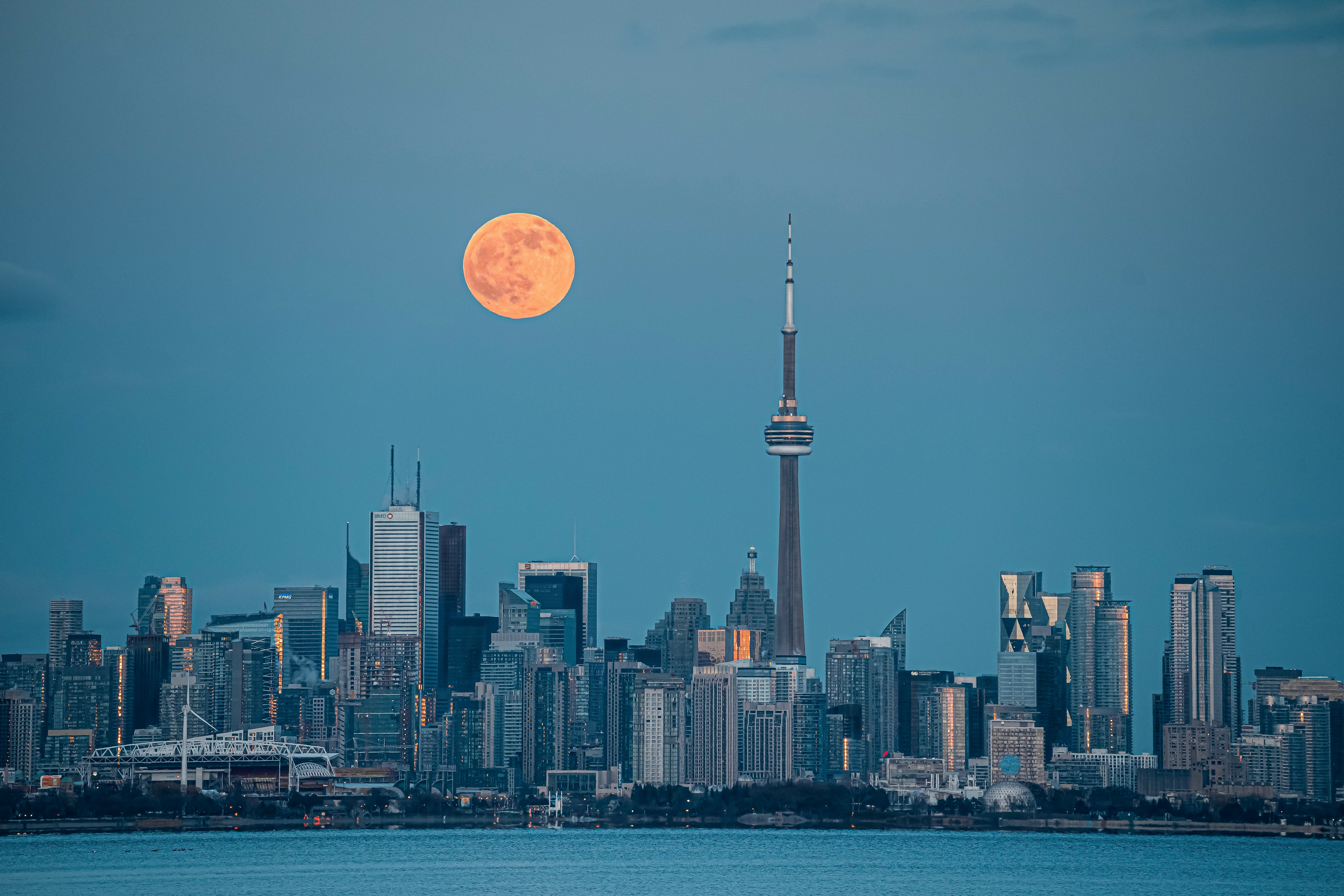
A supermoon occurs when a full moon coincides with the moon's closest approach to Earth in its orbit, known as perigee. This results in the moon appearing larger and brighter than usual, making it a fantastic subject for photography. The difference in size can be as much as 14% larger and 30% brighter than when the moon is at its farthest point or apogee.
The Best Kit for Super Moon Photography
To capture the supermoon in all its glory, having the right equipment is crucial. Here’s what you’ll need:
- Camera: A DSLR or mirrorless camera with manual controls is ideal. Full-frame sensors are preferable due to their low-light performance, but crop sensors can work well too, especially if you want a tighter shot of the moon. A bridge or compact superzoom camera would also be ideal due to its long focal lengths.
- Lens: A telephoto lens is a must. Lenses with focal lengths between 200mm and 600mm will allow you to get close-up shots of the moon's surface. If you're aiming to include a landscape or architectural elements in the shot, a lens with a focal length between 70mm and 200mm can work well.
- Tripod: Stability is key when shooting the moon, especially at longer focal lengths. A sturdy tripod will prevent camera shake and ensure sharp images.
- Remote Shutter Release: This allows you to trigger the camera without touching it, further reducing the risk of camera shake.
- Moon Tracking Apps: Apps like PhotoPills or Stellarium are invaluable for planning your shot. They help you find the moon's exact rise and set times along with its position in the sky.
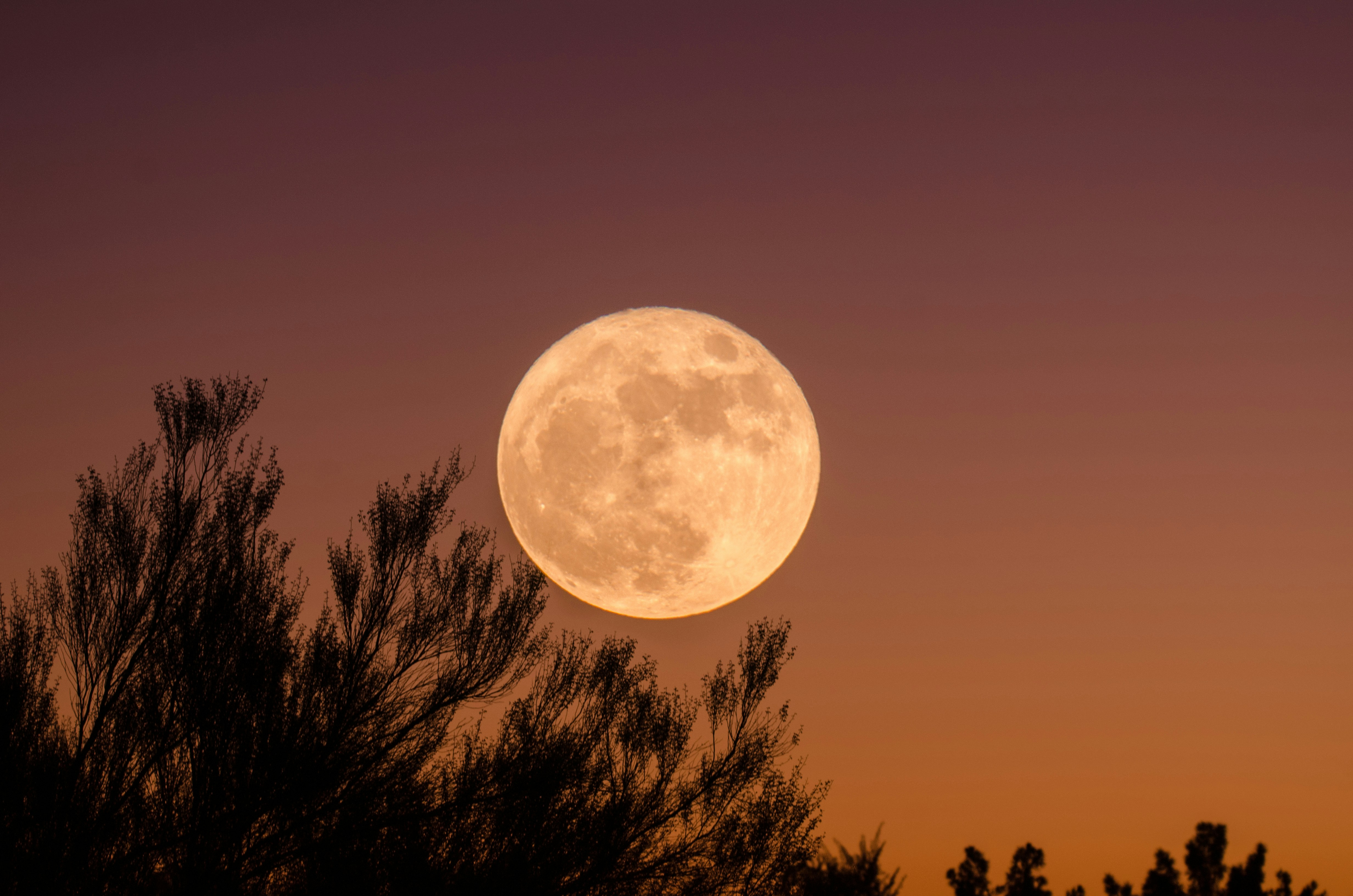
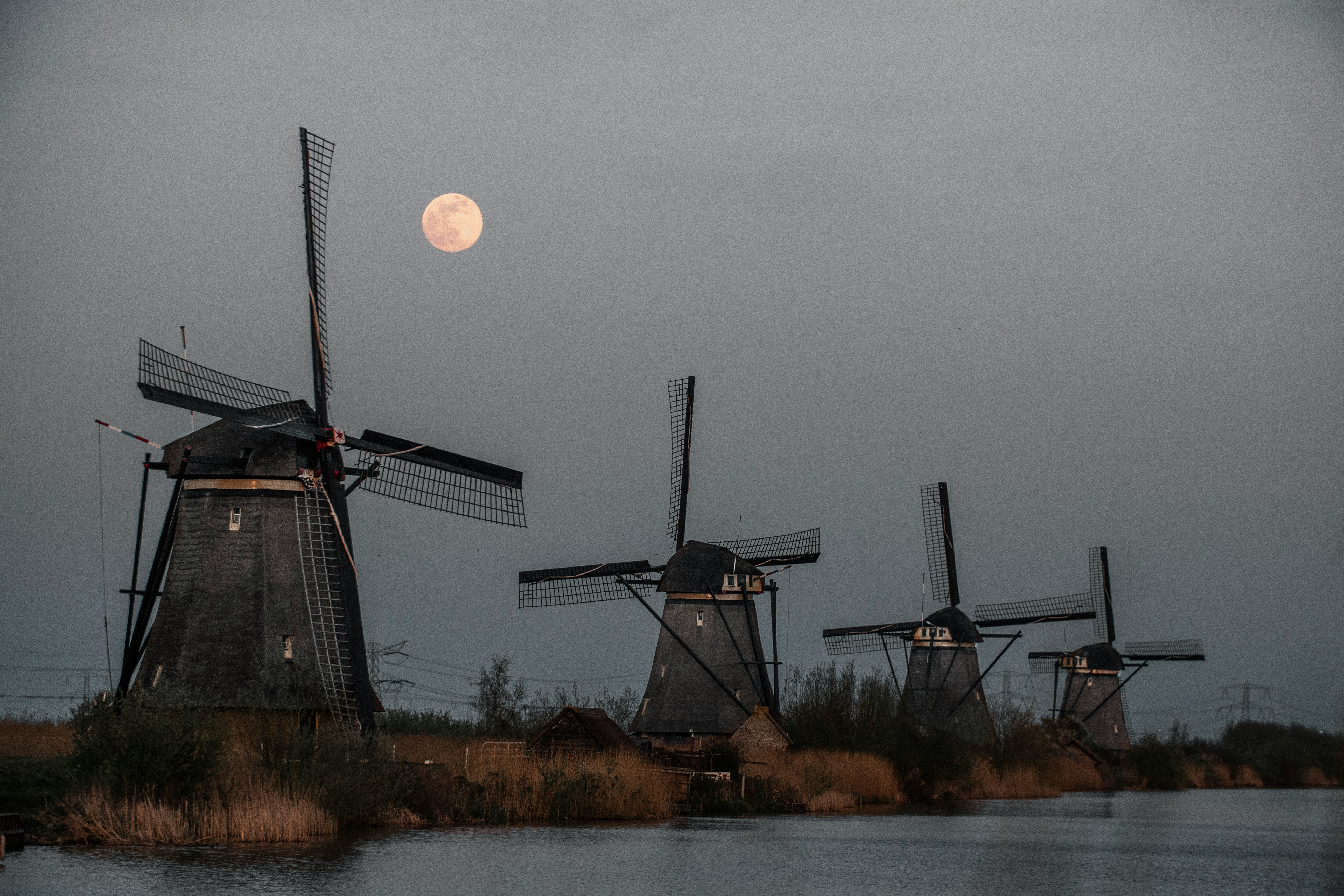
Getting the right settings is crucial for capturing the details of the supermoon. Here’s a step-by-step guide:
- Mode: Use Manual Mode (M) for full control over exposure.
- Aperture: Set your aperture between f/8 and f/11. This ensures a sharp image with plenty of depth of field.
- Shutter Speed: The moon is brighter than you might think. Start with a shutter speed of around 1/125 to 1/250 seconds. Adjust as needed based on the brightness of the moon and your exposure needs.
- ISO: Keep your ISO low, around 100 to 400, to minimise noise.
- Focus: Set your focus to manual and adjust it to infinity. Use your camera’s live view and zoom in on the moon to fine-tune the focus.
- White Balance: Auto white balance generally works well, but if the moon appears too warm or cool, adjust the white balance manually to get the desired effect.
Including a Foreground Subject
To add context and scale to your super moon shots, consider including a foreground subject. This can be a cityscape, a mountain range, a lake, or a solitary tree. Here are some tips on how to do this effectively:
- Plan Your Composition: Use apps or maps to scout locations where the moon will align with your chosen subject. For example, placing the moon above a famous landmark can create a striking image.
- Shoot During Moonrise or Moonset: The moon appears larger near the horizon due to an optical illusion, and the lighting conditions are more interesting. This is also the best time to capture the moon in context with a landscape or urban scene.
- Use a Smaller Aperture: If you're including foreground elements, you might want to use a smaller aperture (f/11 or f/16) to keep both the moon and the foreground in focus.
- Composite Images: If you find it difficult to expose both the moon and the foreground correctly in a single shot, consider taking two separate exposures—one for the moon and one for the landscape—and blending them in post-processing.
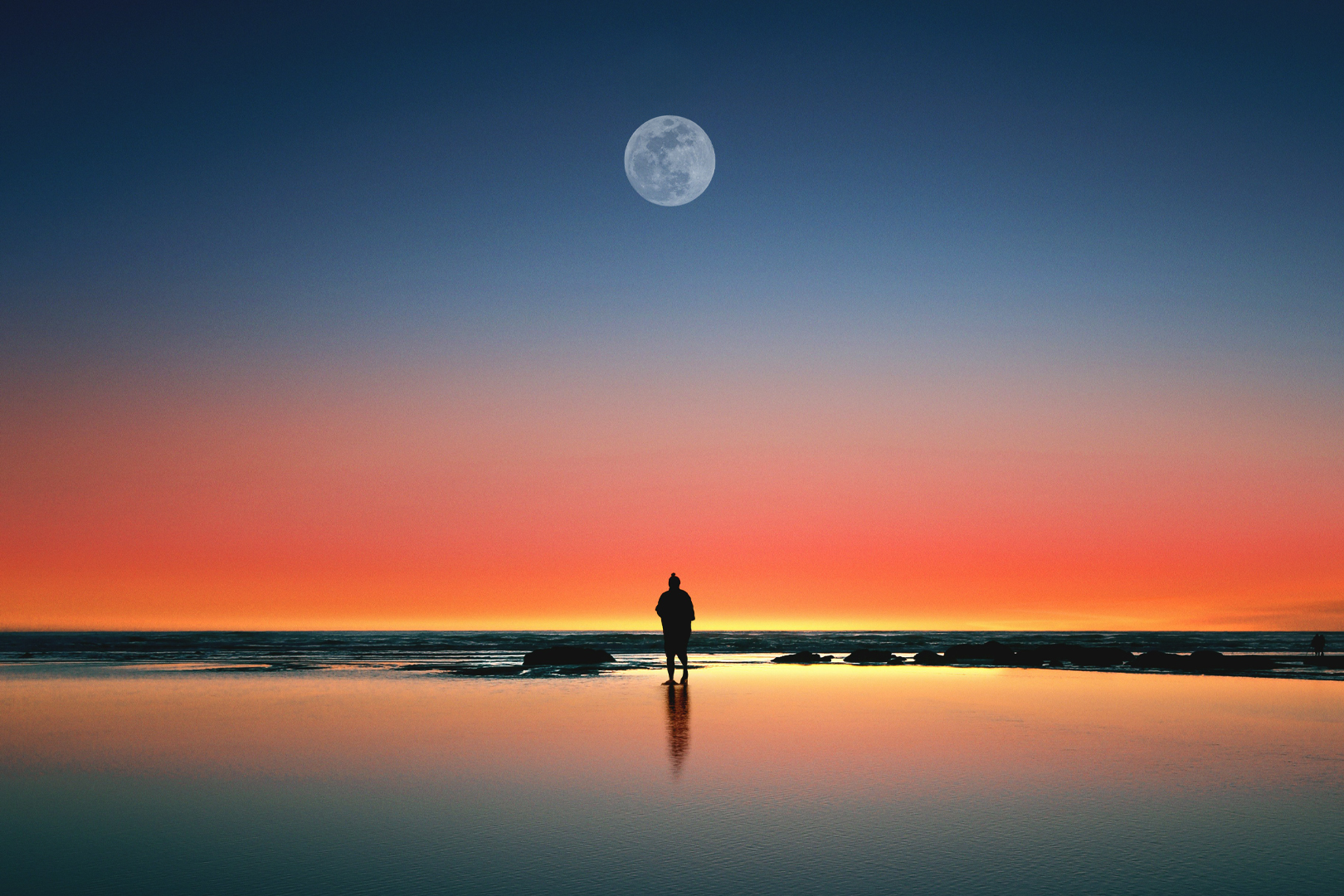
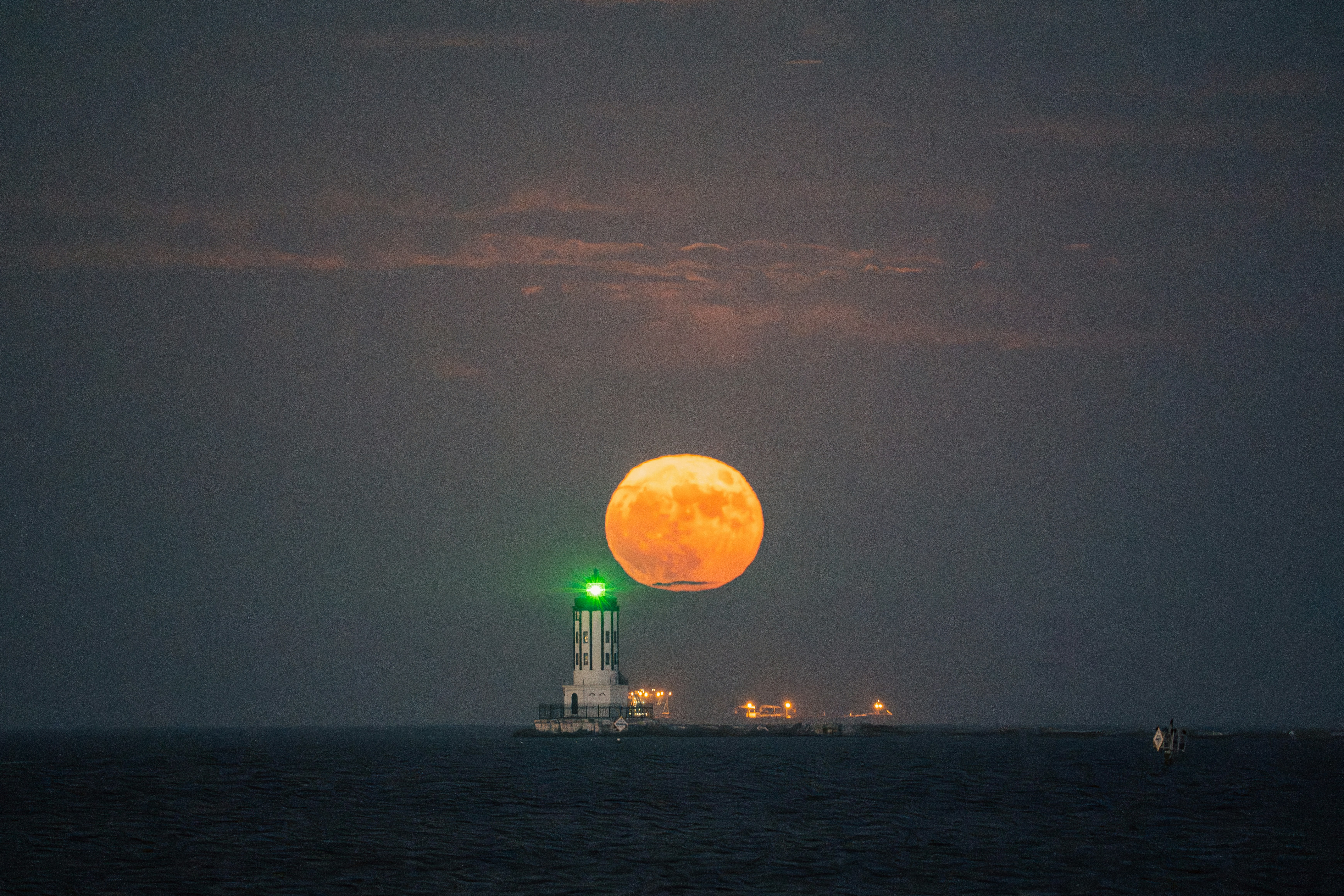
- Bracket Your Exposures: Take multiple shots at different exposures to ensure you capture the perfect image, especially if you're unsure about the lighting conditions.
- Consider Using Filters: If you’re shooting at moonrise or moonset, a neutral density filter can help manage the brightness of the sky and allow for a longer exposure, creating beautiful, soft landscapes.
- Post Processing: Enhance your super moon images by carefully adjusting contrast, sharpness, and saturation. Avoid over-editing, as this can result in an unnatural-looking image.
- Weather Considerations: Clear skies are ideal, but a few clouds can add drama and interest to your shot. Check the weather forecast before heading out.
Final Thoughts
Capturing the supermoon is a rewarding challenge that combines technical skill with creative composition. With the right equipment, settings, and a bit of planning, you can create stunning images that showcase this extraordinary celestial event. Whether you're aiming for a detailed close-up of the moon's surface or a wide-angle shot that places the moon within a breathtaking landscape, the tips in this guide will help you achieve spectacular results.
Happy shooting, and may your supermoon photos be out of this world!




